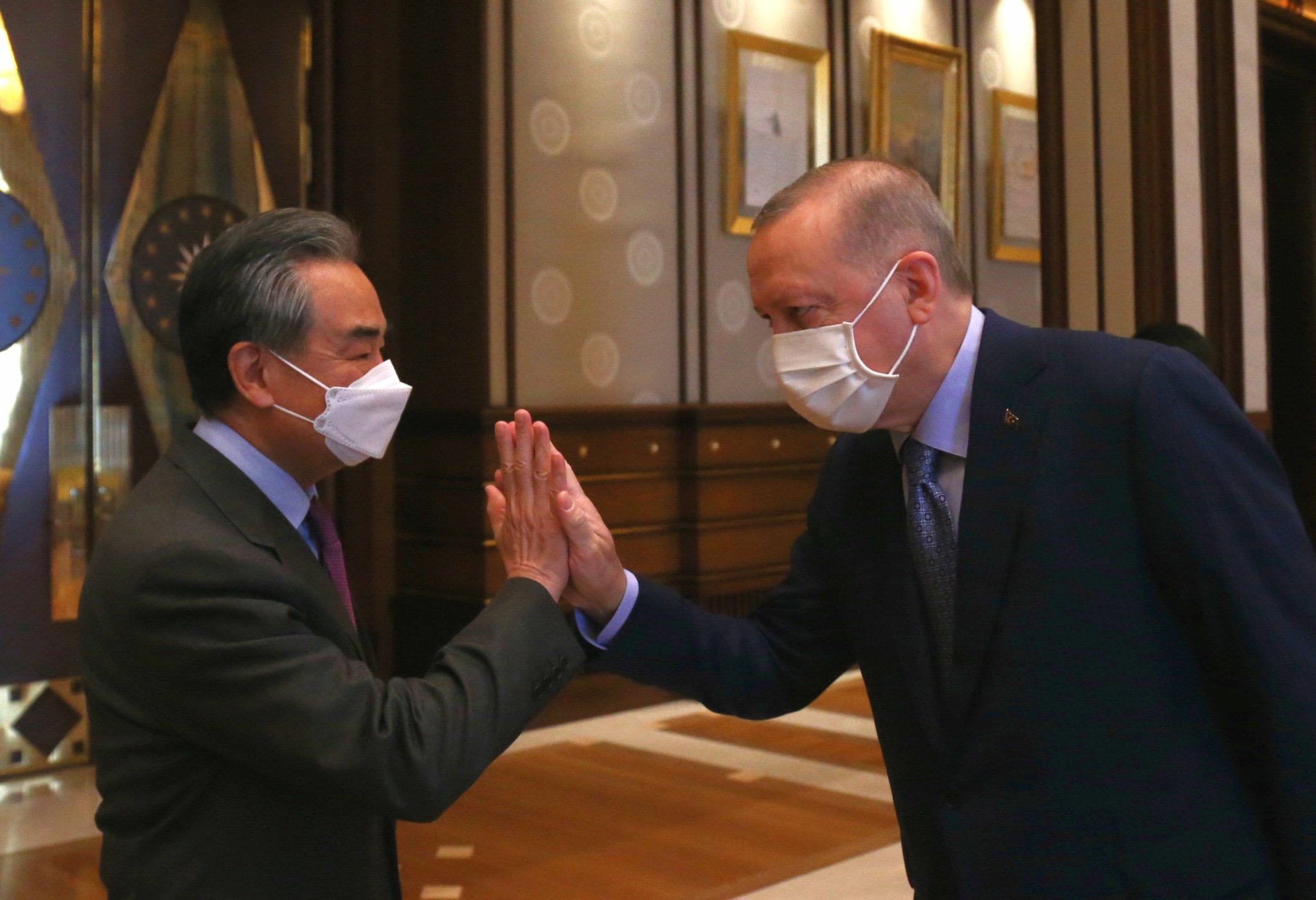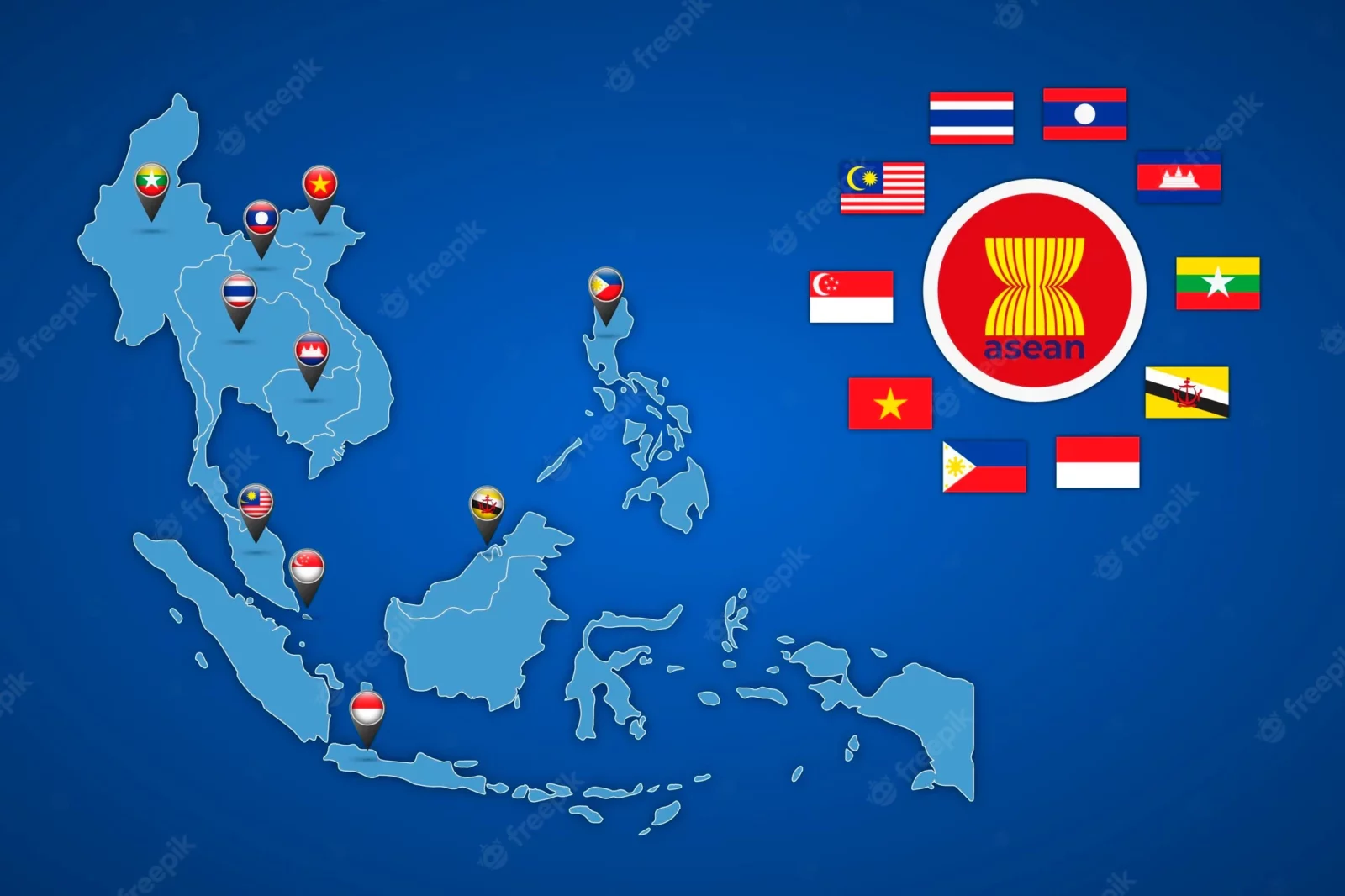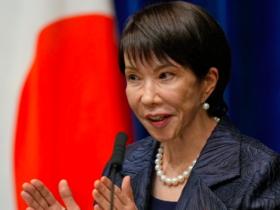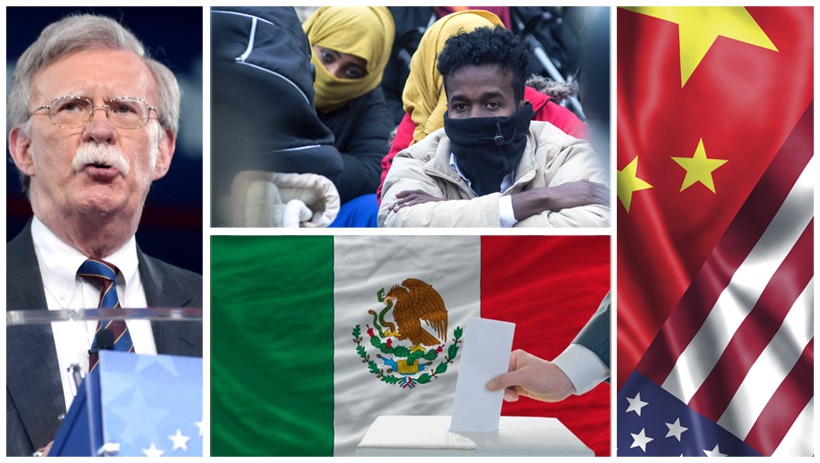Motivations, challenges and future trajectories.
Motivations, challenges and future trajectories.
By Mehmet Enes Beşer
The global geopolitical landscape is undergoing significant transformations, prompting regional blocs like the Association of Southeast Asian Nations (ASEAN) to reassess their strategic alignments. A notable development in this context is the deepening engagement between ASEAN member states and the BRICS consortium—comprising Brazil, Russia, India, China, and South Africa. This evolving relationship reflects ASEAN’s adaptive strategies in response to shifting global power dynamics.
Indonesia’s Ascension to BRICS Membership
On January 7, 2025, Indonesia became the first Southeast Asian nation to attain full membership in BRICS, marking a pivotal moment in the region’s geopolitical orientation. This decision underscores Indonesia’s ambition to amplify its influence on the global stage while maintaining its foundational principle of non-alignment. Indonesian Foreign Minister Sugiono articulated that this membership embodies Indonesia’s independent and active foreign policy, aiming to bridge the interests of developing countries and the Indo-Pacific region.
Partner Country Status for Malaysia, Thailand, and Vietnam
In October 2024, Malaysia, Thailand, and Vietnam were accorded partner country status within the BRICS framework. This development signifies a strategic maneuver by these nations to diversify their economic partnerships and enhance their roles in global economic governance. As Malaysia assumes the ASEAN chairmanship in 2025, its concurrent BRICS partnership reflects a nuanced approach to balancing regional leadership with broader economic collaborations.
Implications for ASEAN’s Cohesion and Centrality
The integration of ASEAN members into the BRICS framework presents both opportunities and challenges for ASEAN’s unity and centrality. On one hand, these engagements can bolster economic growth through diversified trade and investment avenues. On the other hand, there is a concern that such affiliations might dilute ASEAN’s collective bargaining power and its stance of strategic neutrality. Analysts caution that ASEAN’s relevance could be compromised as BRICS gains momentum, potentially intensifying major power rivalries within the region.
Economic and Strategic Motivations
The ASEAN nations’ gravitation towards BRICS is driven by multifaceted economic and strategic considerations:
- Economic Diversification: Engagement with BRICS offers ASEAN countries access to emerging markets, reducing over-reliance on traditional Western economies. This diversification is pivotal for sustaining economic resilience amid global uncertainties.
- Infrastructure Development: BRICS’ initiatives, such as the New Development Bank, present alternative funding sources for infrastructure projects, aligning with ASEAN’s developmental priorities.
- Geopolitical Hedging: Aligning with BRICS enables ASEAN members to hedge against the uncertainties of U.S.-China tensions, preserving strategic autonomy by balancing relations with multiple major powers.
Challenges and Considerations
While the BRICS affiliation offers potential benefits, ASEAN countries must navigate several challenges:
- Policy Coordination: Aligning national policies with BRICS’ objectives without undermining ASEAN’s regional commitments requires meticulous diplomacy.
- Perception Management: Balancing relations with BRICS and traditional Western allies necessitate careful management to avoid perceptions of geopolitical bias.
- Internal Cohesion: Divergent levels of engagement with BRICS among ASEAN members could lead to internal disparities, challenging ASEAN’s consensus-based decision-making process.
Future Trajectories
The evolving ASEAN-BRICS relationship is indicative of a broader shift towards multipolarity in global governance. To harness the benefits while mitigating risks, ASEAN could consider the following strategies:
- Enhanced Dialogue: Establishing formal mechanisms for dialogue between ASEAN and BRICS to ensure coherence in policies and initiatives.
- Capacity Building: Investing in institutional capacities to effectively engage with BRICS’ platforms and leverage opportunities for regional development.
- Strategic Communication: Articulating a clear narrative that ASEAN’s engagement with BRICS complements its existing partnerships, thereby maintaining a balanced foreign policy stance.
ASEAN’s engagement with BRICS reflects a strategic adaptation to the evolving global order. By carefully balancing these new affiliations with its foundational principles and existing partnerships, ASEAN can enhance its global standing while preserving regional cohesion and stability.

















Leave a Reply